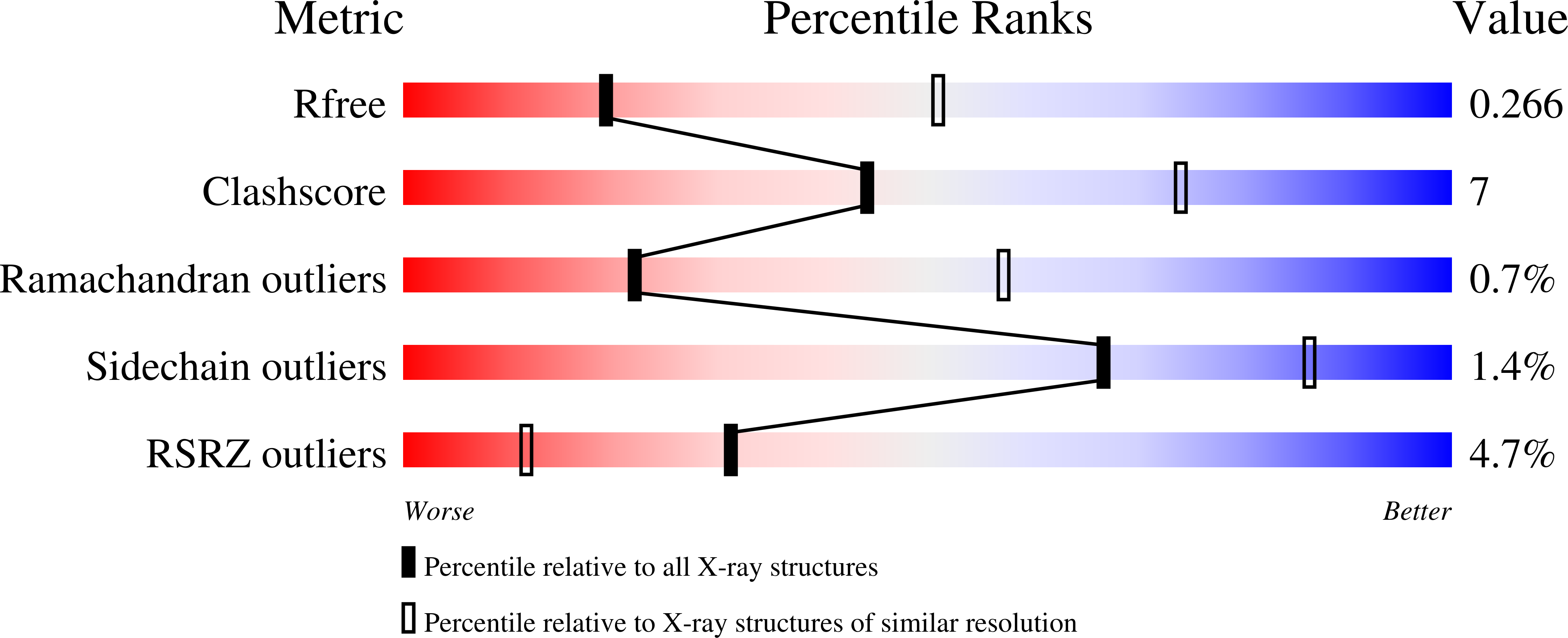
Deposition Date
2023-11-15
Release Date
2024-07-24
Last Version Date
2025-02-05
Entry Detail
PDB ID:
8UZE
Keywords:
Title:
Crystal structure of chimeric bat coronavirus BANAL-20-236 RBD complexed with chimeric mouse ACE2
Biological Source:
Source Organism:
Mus musculus (Taxon ID: 10090)
Severe acute respiratory syndrome coronavirus 2 (Taxon ID: 2697049)
Severe acute respiratory syndrome coronavirus 2 (Taxon ID: 2697049)
Host Organism:
Method Details:
Experimental Method:
Resolution:
3.03 Å
R-Value Free:
0.26
R-Value Work:
0.21
R-Value Observed:
0.21
Space Group:
P 1 21 1


